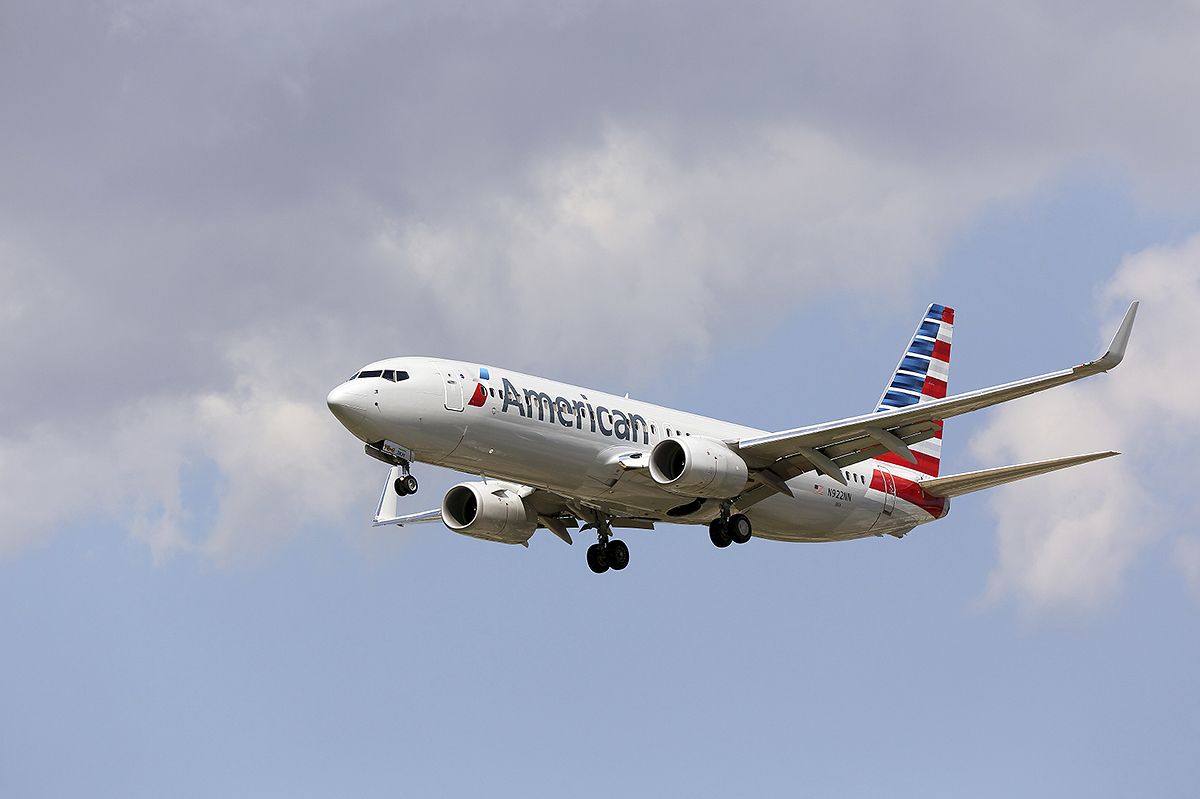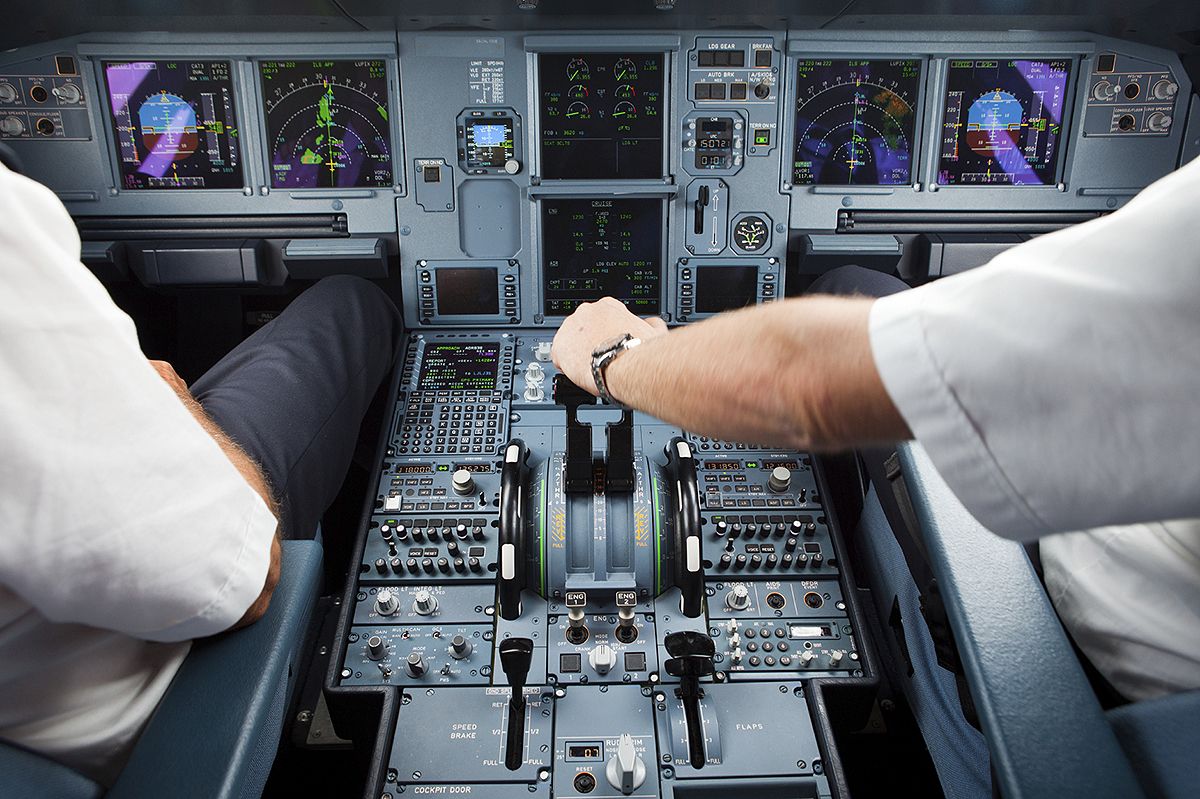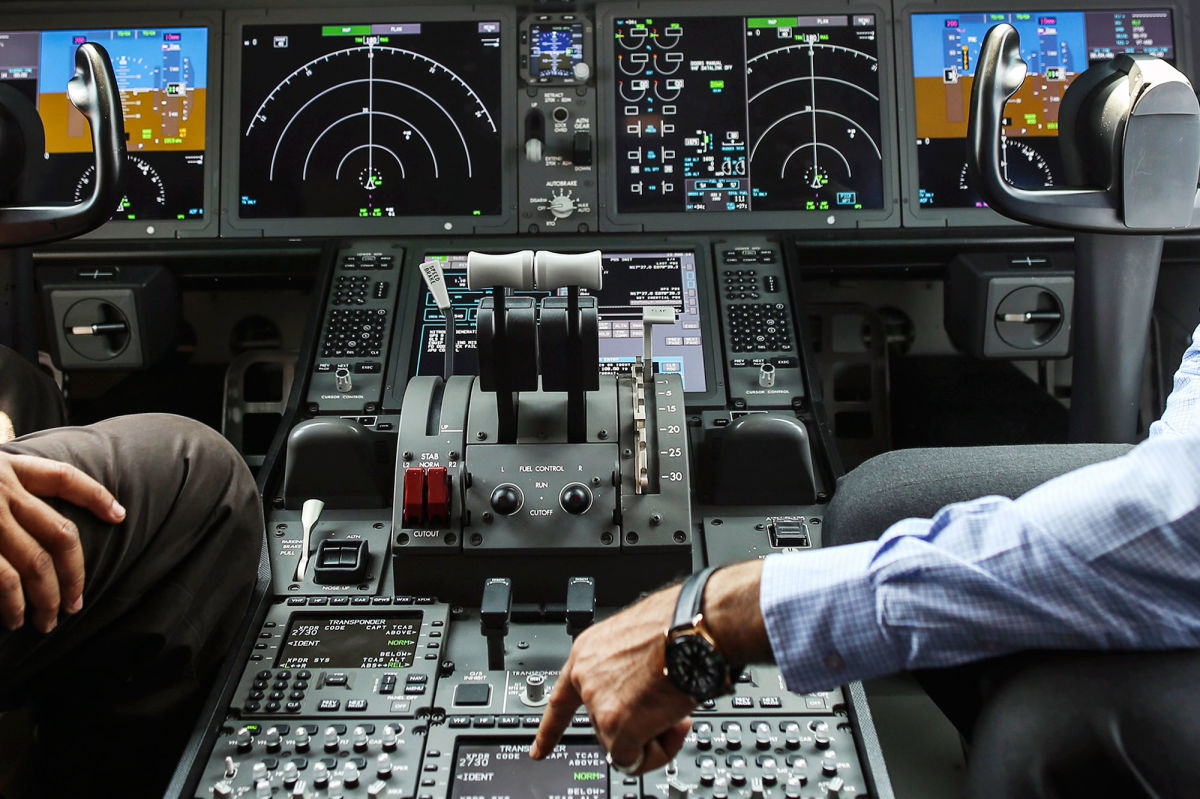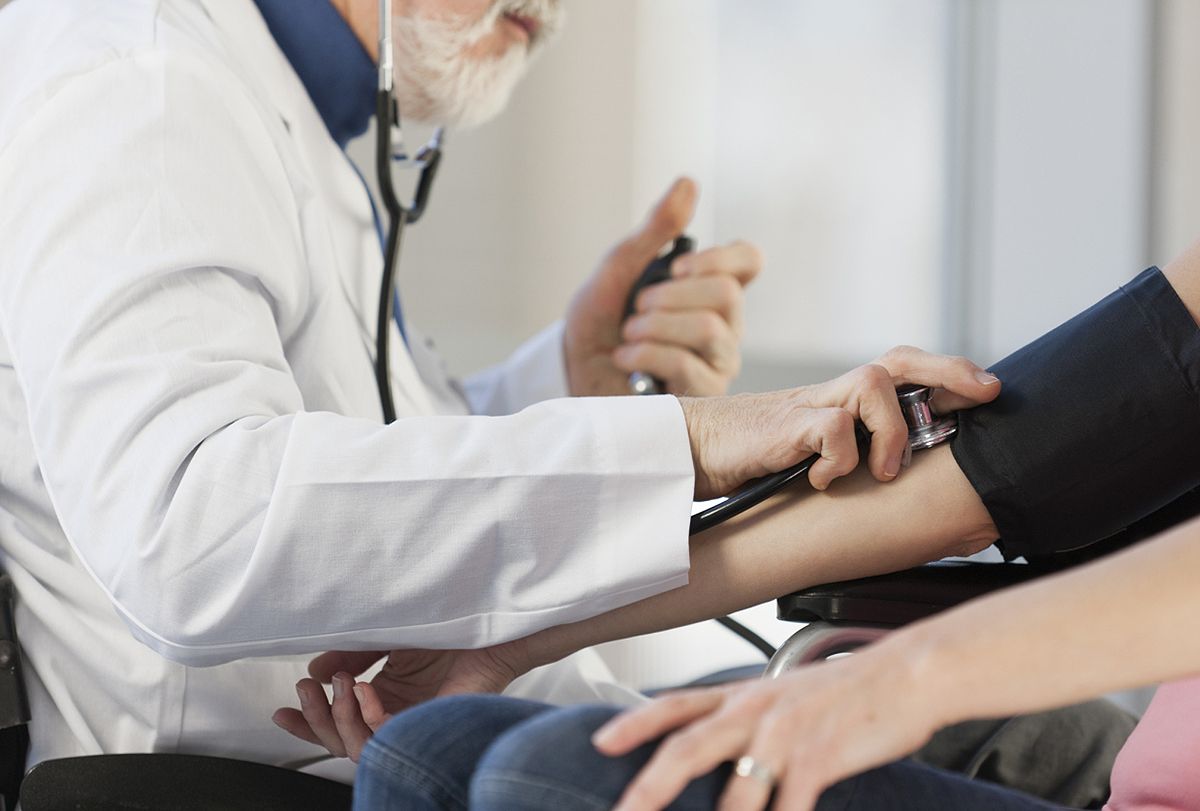
Grief strikes the deceased’s family and friends, but if you are thinking of anything other than that…NO! Nothing more. It is not really a panic situation if your pilot dies on a flight.
Apart from the obvious sorrow death brings with itself there is not much of a negative consequence as far as the safety of the passengers or anyone else on the flight is concerned. There are a good number of safeguards in place to handle such emergency situations.
Though such incidents are rare they have happened in the past. The most recent being that on 5th October when the captain of American airlines died mid-flight while at controls of the plane flying to Boston from Pheonix.
Taking charge at this unfortunate time, the co-pilot made an emergency landing in Syracruse, and after a halt for a few hours and arrangements of the new pilot the flight took off for the real destination.
Apart from the little delay, the passengers at no time had to face any other problem, least of all any risk to the lives flying sans the captain.
The incident got us thinking that this safety aspect, which common folks are not much aware of, must be brought into the light and explained a bit.
We know about cheap airfares online but what about flight safety? So here we go:
1. Co-pilot is competent to fly solo
All the commercial plains have two qualified pilots – the captain and the first officer (co-pilot). They are both fully competent to operate in all regimes, whether in good or bad weather.
The co-pilot can perform all operations (landings, take-offs) as the captains do, however, the command authority is with the captain.
Following the captain falling sick or his dying on-board, it is the co-pilot’s responsibility to fly the plane. So, don’t restrain yourself from booking airline tickets.
2. Auto-pilot facility
The captain and first officer are not all the time at the steering wheel like that of a car. The plane is on auto-pilot mode, and it is safe.
Monitoring the systems prudently is what the pilots do at those times. So in a rare situation, where if both the pilots fall sick, or in the case of the pilot dying and the co-pilot falling ill; the landing will be made on auto-pilot (under the first officer’s monitoring).
3. Rigorous Medical Routines
All commercial airlines follow a strict medical examination regime for their pilots and crew. Rigorous examinations at regular intervals make sure the pilots on-board are at the peak of their health.
If not the case, they cannot pilot the flight. Apart from that in most flights, the two pilots consume separate meals on the flight to avoid cases of food poisoning (if at all) at the same time.
Especially on long-haul routes such as flights from New York to India, and so on.
4. Pilot training
The pilots are specially trained to identify signs of sudden incapacitation among the co-pilots.
It is one of the important safeguards to constantly speak to your fellow partner to check whether he is mentally competent or not. Any subtle symptoms hinting otherwise could be immediately looked into.
5. Emergency
Rarest of rare situations – both the pilots die. This could be a panic situation? Yes, maybe.
The first thing for the crew would be to see if any pilot of their airline is on the flight as a passenger and could assist them.
The last resort would be to find any other certified pilots on the plane. Because a situation like that is very unlikely to occur so we should not really boggle our minds over it.
So although there have been some rare cases of pilot death or illness in the past, these haven’t amounted to any risk to the passengers’ safety.
People continue to book tickets to India online from across the world. There are plenty of safeguards in place to prevent as well as such situations.
Thus, should the worst happen on board be assured your safety will always be a priority?




